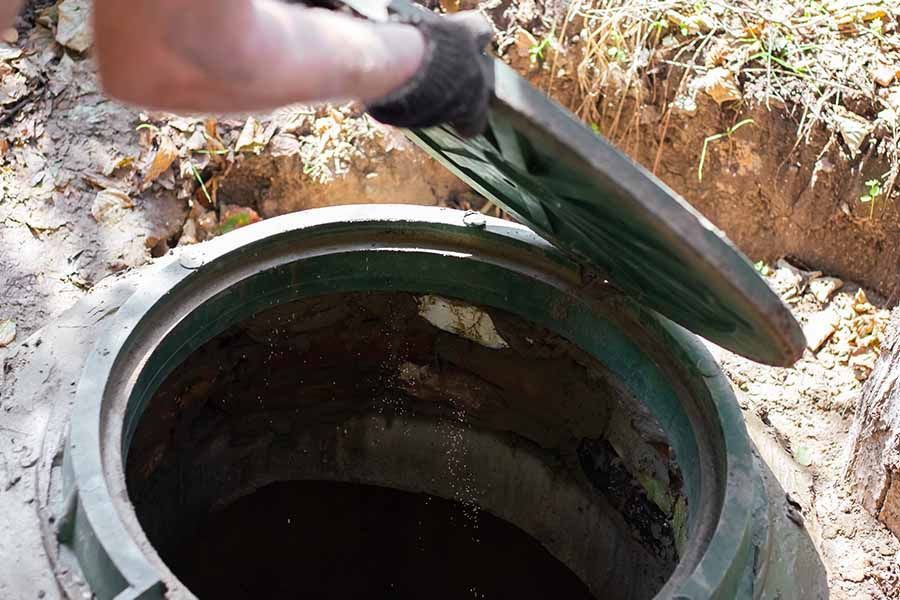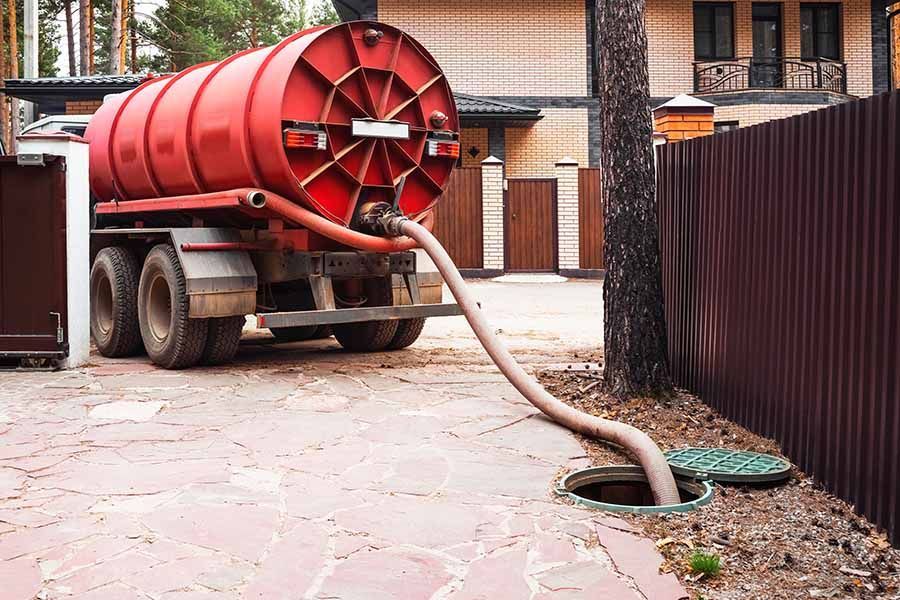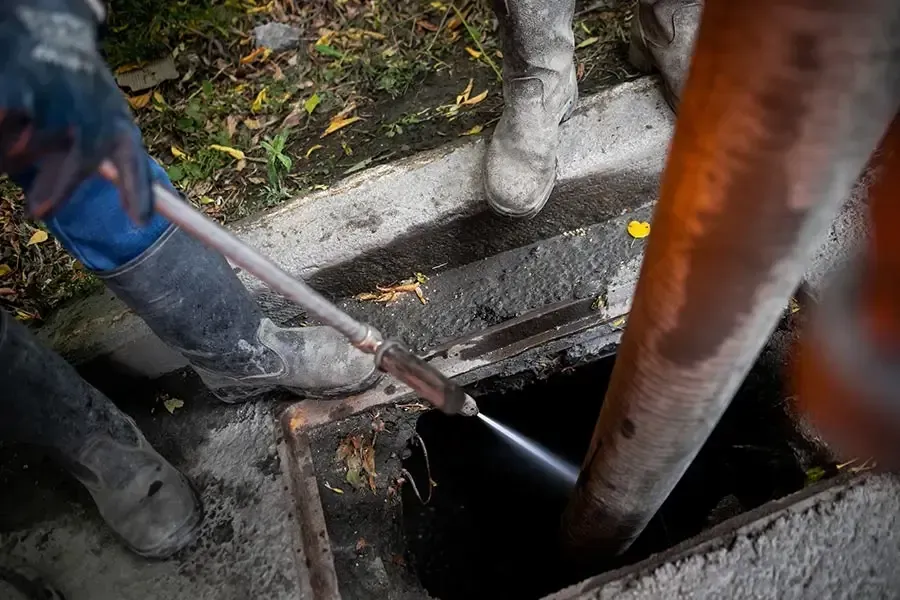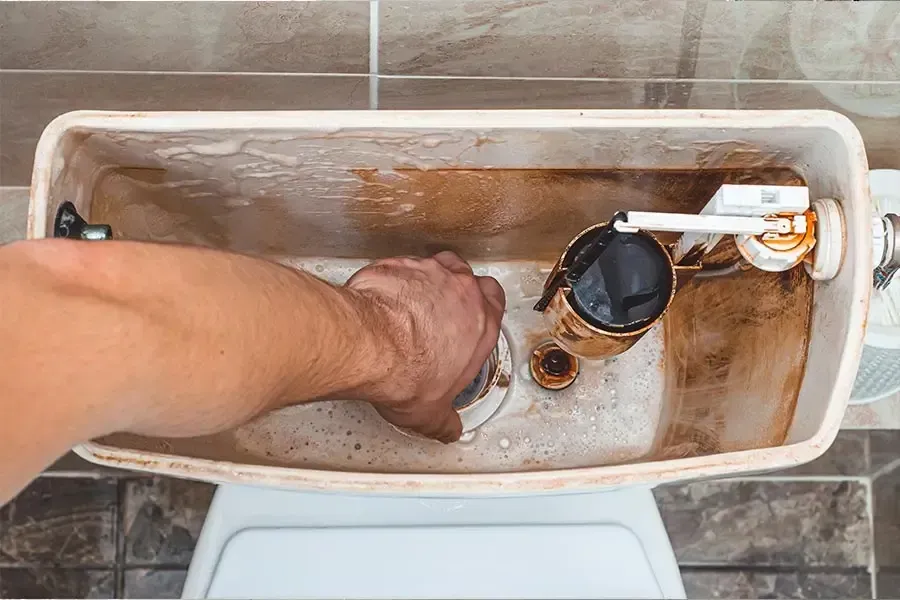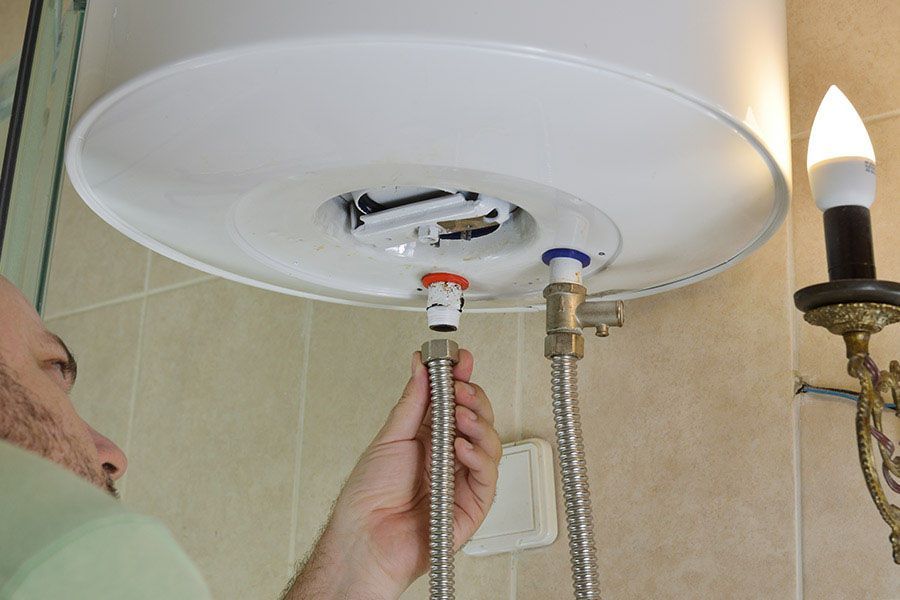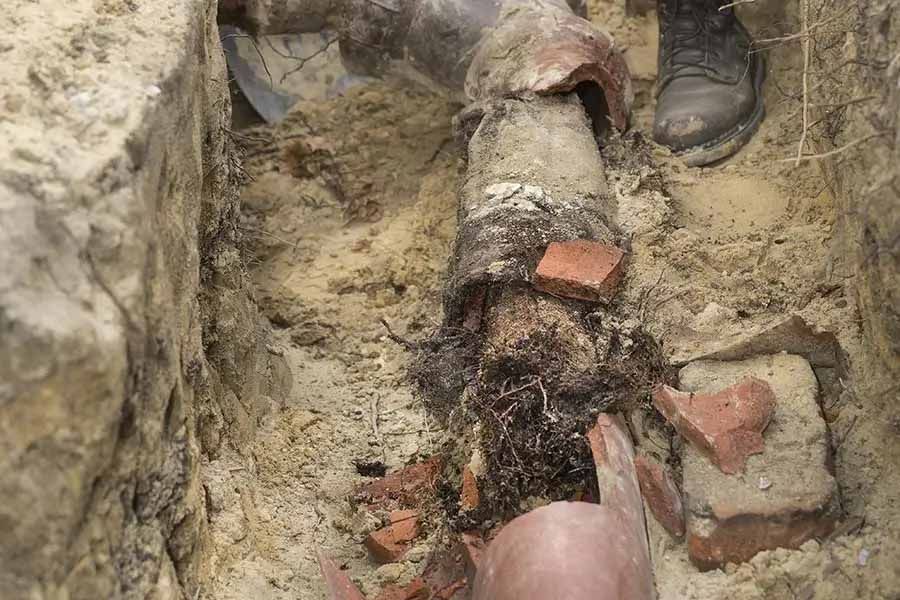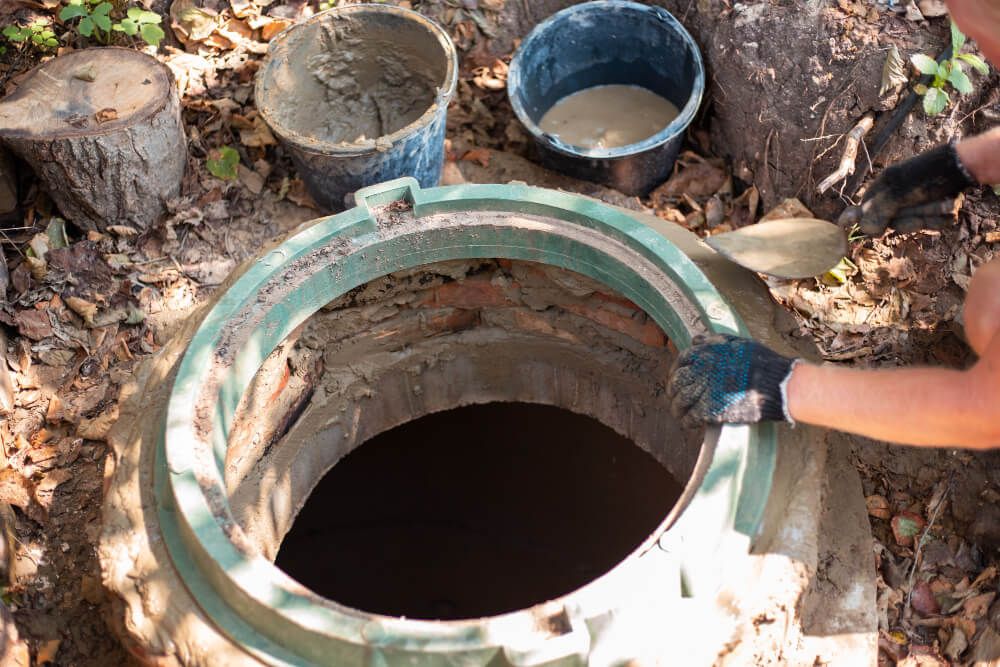
Septic systems represent one option for wastewater disposal in Manitoba. Many property owners decide to go with on-site wastewater treatment as a way to save money. Part of setting up a septic system requires you to determine the septic tank size you require to handle the waste your household produces.
You can review the factors that go into sizing a septic tank right here, including the size of your family and your water usage. You can get additional answers to your questions by contacting our team at King’s Services if you live in the Headingley area or Greater Winnipeg. Call 204-815-5879 to speak with our plumbers, who will put you first.
Sizing a Septic Tank: Water Usage
Your water usage represents the first factor to consider when looking over septic tank sizing requirements. Many septic tanks get graded by the amount of water they can hold or their tank size. If you use under 500 gallons of water a day, you may need a septic system that will hold at least 900 gallons.
Your septic tank size requirements increase with the amount of water you use. For example, Winnipeg-area property owners that use:
- 700 gallons a day may need a 1,200-gallon tank
- 900 gallons a day may need a 1,5000-gallon tank
- 1,240 gallons a day may need a 1,900-gallon tank
You can begin septic system installations once you know the size of the tank that you require.
Sizing a Septic Tank: Number of Bedrooms
When considering the appropriate septic tank size for your property, we professionals often look at the number of bedrooms in your home. The number of bedrooms you have often coincides with the number of people living in your property and contributing to the waste processed by the septic tank.
The experts recommend a:
- 750-gallon tank for homes with one to two bedrooms
- 1,000-gallon tank for homes with three bedrooms
- 1,200-gallon tank for homes with four bedrooms
- 1,500-gallon tank for homes with five to six bedrooms
You may speak with the professionals to determine the septic tank size that would work best for your family and your property.
Sizing a Septic Tank: Home Size
Finally, you might consider the square footage of your home when sizing your septic tank. You may get by with a 1,000-gallon take if you have a home under 1,500 square feet. Larger homes will require larger tanks to handle the wastewater that residents produce.
Reasons to Properly Size Your Septic Tank
Why should you focus on getting a properly sized septic tank? Improperly sized septic tanks can have long-lasting repercussions for your property. Manufacturers design septic tanks to process and then release waste (effluent) into a drain field.
Tanks that are either too small or too large cannot hold effluent for the correct amount of time. Small tanks force water out before the system can purify it, often allowing solid waste to build up faster. Frequently, this situation results in clogs and back-ups.
Some property owners wonder if they can sidestep this issue by purchasing the largest septic tank they can find. However, oversized septic tanks can also cause problems. These tanks cannot break down solid waste correctly because they cannot collect enough liquid.
Therefore, it’s crucial to select the right size of septic tank.
Sizing Different Types of Septic Tanks
Some property owners wonder if the type of septic tank they select will impact the size they will need. You may select a concrete, plastic, or fibreglass septic tank. The majority of property owners choose concrete tanks, which are very heavy.
You may want to use a plastic or fibreglass tank if you live in a remote area, as these tanks are much lighter and may prove easier to install. Regardless of the kind of septic tank you get, the size requirements remain about the same.
Planning the Installation of Your Septic Tank
After determining the septic tank size that you require, you can set up the installation of the septic system. Most of your septic installation timeline depends upon planning and choosing your tank, along with the following steps.
Completing a Percolation Test
You can only install your septic tank after the installation company completes a percolation test. The test provides information about your soil’s:
- Consistency
- Volume
- Texture
The results of a percolation test also provide details about how well your soil can handle wastewater filtration. You may have to wait around three weeks for the results of the test. Poor results on a percolation test may prevent you from installing a septic system on your property.
Getting All Required Permits
Different areas require different types of permits before allowing for septic tank installation. You may find information about local requirements at the municipal office or by speaking with local contractors who have installation experience.
Planning the System
Installation crews generally work with an engineer to plan your septic system. The engineer must develop plans for your drain field, which may depend upon the layout of your lot and the trees on your property. Expect this stage to take around two or three weeks.
Installing the Septic Tank
After you have the results of your percolation test, permits, and plans, our crew from King’s Services can proceed with the physical installation of your septic tank. In some cases, our technicians can complete installation in five days. However, many installations take a few weeks, as the crew needs to remove the earth, lay down piping, and connect the tank.
You can expect a final inspection after we install and hook up the tank is. You may expect the entire process to take up to two months, regardless of the septic tank size that you select. Once your system gets hooked up, it may require cleaning and maintenance on a regular basis.
Speak with Our Experts About Sizing Your Septic Tank
Here in Winnipeg and surrounding areas, you do not need to select the correct septic tank size on your own. Our skilled, reliable team can provide you with professional help regarding all aspects of
septic tank installation by King’s Services when you call us at
204-815-5879.
